- The article provides a step-by-step tutorial that presents how to create the head of Rick using a pixel shader.
- Introduces the necessary SDF operations slowly and shows how to combine them with animation.
- Each step is presented as interactive shader challenges that can be edited to learn along the way.
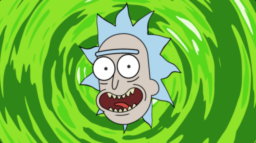
- The video tutorial presents how to combine specular, diffuse, and ambient lighting to create a custom shading model.
- Presents the various stages, how to ensure correct vector spaces, and the effect of various parameters.
- The implementation is shown using Unity and Unreal visual shader graphs.
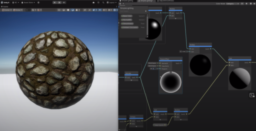
- The paper presents an analytic approximation for the CIE 1931 color space and the more modern CIE 170-1:2006.
- Shows the approximation process and how it compares against existing approximations.
- Source code is available in C++ and Python.

- The article provides a deep dive into getting Surface-Stable Fractal Dither running on a simple 1-bit display console.
- Presents a breakdown of how the dithering algorithm is created from various passes.
- Discusses various software rasterization methods and how they compare to the GPU reference implementation.
- Additionally, it presents several applied optimization steps and how they affect performance.
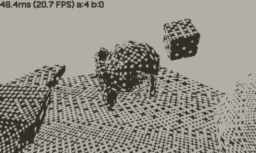
- The article discusses a small trick used by Anno 1800 that always aligns the sun’s direction relative to the camera.
- Presents how much it affects the scene’s beauty as it prevents worst-case lighting setups.
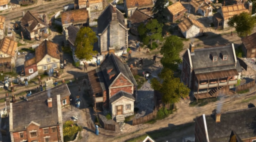
- The presentation covers a complete walkthrough on using WebGPU from JavaScript.
- Starts by explaining the basics and proceeds from a high-level overview into the implementation details.
- Covers the full rendering pipeline, including shader authoring.
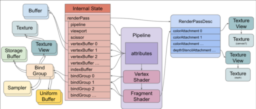
- The talk introduces a novel sphere tracing algorithm tailored for harmonic functions.
- The method allows for larger step sizes than traditional ray marching.
- Demonstrates applications in visualizing surfaces reconstructed from point clouds and polygon soups without requiring linear solves or mesh extraction.
- Expands visualization capabilities to handle nonplanar polygons with holes and complex mathematical objects such as knots and links.
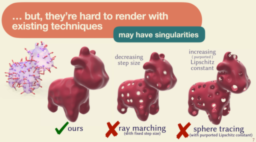
- The blog post describes how LunarG optimized the startup time of GPU Assisted Validation.
- Combines driver hints and more fine-grained validation code and moves logic to later stages in the application lifecycle.
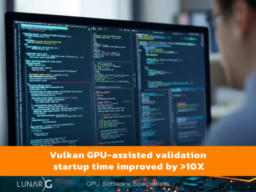
- The article provides a detailed walkthrough of optimizing a 4096x4096 matrix multiplication for RDNA3.
- Shows how to calculate theoretical expectations for performance and compares against all tested implementations.
- Presents how a highly optimized routine can be 50x faster than a naive implementation.
- Always present hardware performance captures and explain how to understand them and optimize the bottlenecks observed.

- The blog post introduces the Vulkan Safety Critical Emulation stack.
- Shows how the stack interacts between the user code and driver code.
- Is meant to guide developers in developing applications by emulating SC constraints on consumer hardware.
- The source code for the stack is open source.

Thanks to Cort Stratton for supporting this series
Would you like to see your name here too? Become a Patreon of this series